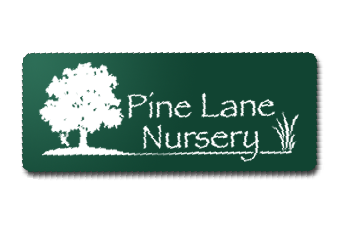-
- What is Emerald Ash Borer?
The emerald ash borer, Agrilus planipennis, is a green beetle native to Asia and Eastern Russia that feeds on Ash trees (Fraxiness spp.). Outside its native region, the emerald ash borer (also referred to as EAB) is an invasive species, and emerald ash borer infestation is highly destructive to ash trees in its introduced range. The Emerald Ash Borer was first discovered in America in June of 2002 in Michigan. It is believed to have been brought to America unintentionally in ash wood which was used to stabilize crates during shipping, and has been responsible for the death of over 150 million ash trees in the Mid and Eastern US.
-
- Is Emerald Ash Borer a problem in Denver?
EAB is now considered the most destructive forest pest ever seen in North America. The scope of this problem will reach the billions of dollars nationwide if not dealt with. State and federal agencies have made this problem a priority.
Emerald Ash Borer was found in boulder County in late September of 2013. Although it has not been officially found in the Denver Metro Area, we expect that it is only a matter of time before it is problematic for Denvers ash tree population. The only way to know if your ash tree has EAB, is to have it inspected by an arborist familiar with Emerald Ash Borer.
Eventually every ash tree in Denver will have Emerald Ash Borer and left untreated will die.
-
- What are the signs of an Ash tree with EAB?
Here is a great pamphlet made by Michigan State University about the signs and symptoms of an Ash tree with EAB. Click Here
-
- What are the treatment options for EAB
Tree Medicine recommends that people within 15-20 miles of Boulder county or that have “high value” ash trees call us for an systemic trunk injection of Emamectin Benzoate.
People who live outside of the 15-20 mile radius of Boulder County should call us for a soil injection treatment of Imidicloprid. CONTACT US
-
- What if I don’t treat my ash tree?
Because Emerald Ash Bore Larva chew S shaped galleries that destroy water and nutrient conducting vessels, the tree will eventually lose the ability to conduct water and will die of draught stress. Chemical treatment is the only known way to protect the tree and kill the insect.





